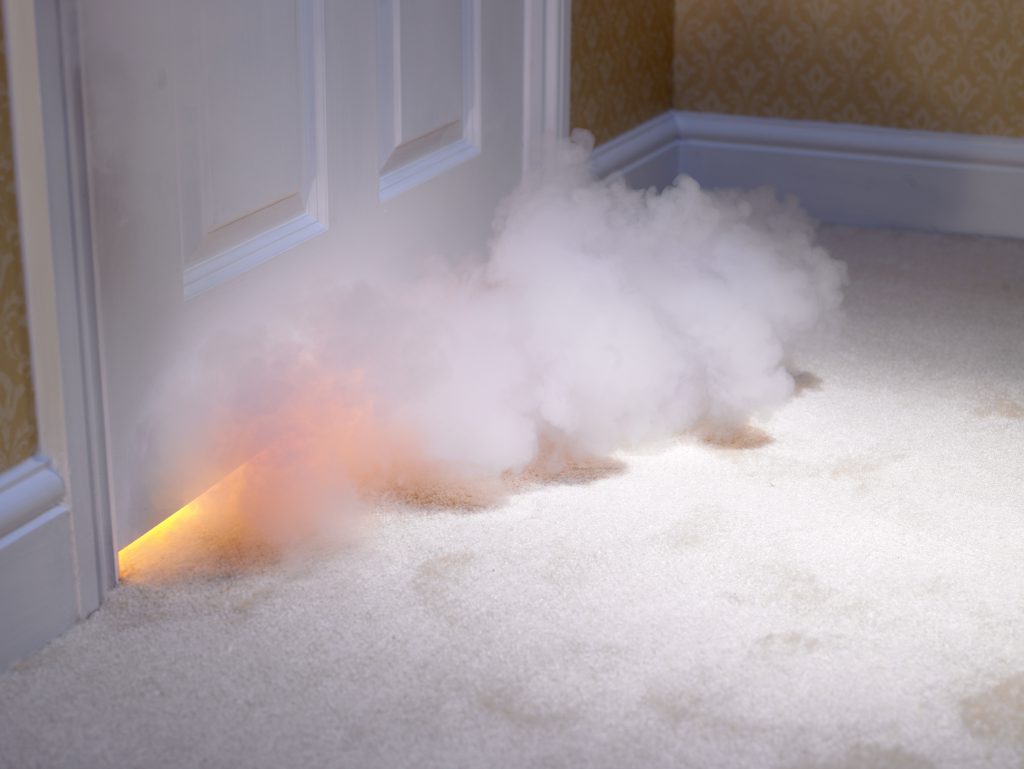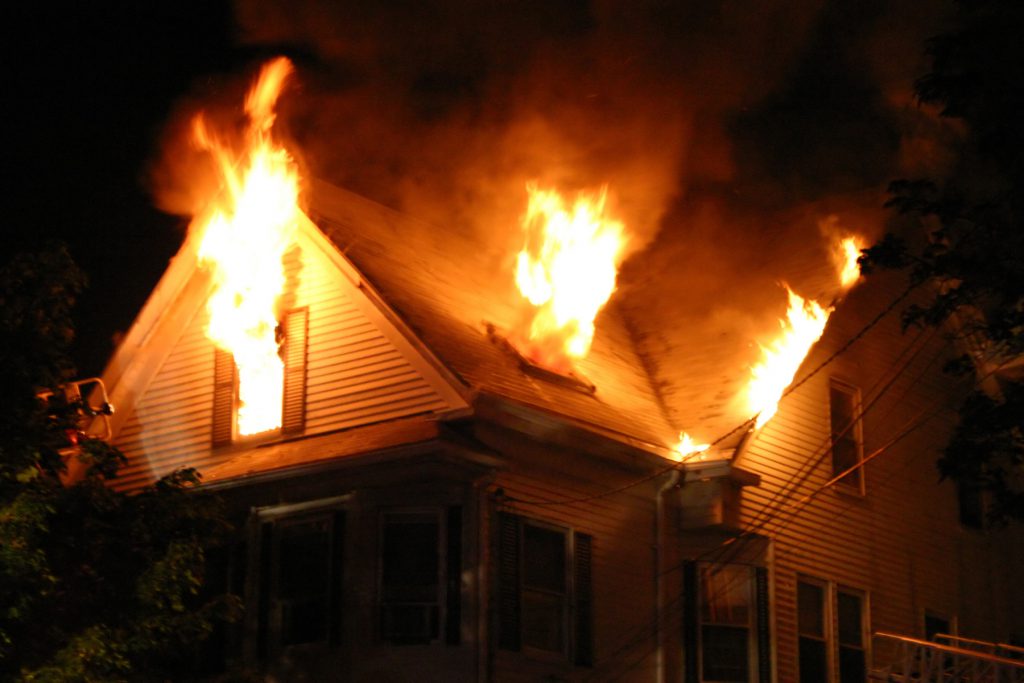As a homeowner, there is a lot to worry about, and fire prevention should be at the top of this list. With the significant threat that they pose, it’s no wonder why they are such a stressor. Read below to discover some house fire facts every homeowner should be aware of.

1) A House Fire Occurs Every Every Few Seconds in the U.S.
Unfortunately, house fires are more frequent than you might think. In fact, the National Fire Protection Association (NFPA) reports that a fire occurs in a U.S. home every 88 seconds. This terrifying statistic puts into perspective just how threatening they are to homeowners’ property and safety.
2) Each Year, the U.S. Sees Hundreds of Thousands of House Fires
And the terrifying truth doesn’t end there. With so many fires happening each day across the country, the NFPA also reported that the U.S. sees around 358,000 house fires annually. Between outside threats like forest fires and indoor accidents like cooking mistakes, it is unfortunately easy to become a part of this statistic.
3) Thousands Die From Fires Annually
These fires aren’t just a threat to your belongings. They can also seriously harm you and your loved ones. With 2,275 deaths annually that can be attributed to these disasters, it is important to note how life-threatening these incidents can be.
4) Cooking Is the Leading Cause of House Fires
There are many ways that a house fire can start, and cooking is the most common. Between the stove, microwave, air fryer, and other heating appliances, it is no wonder why this is the place that sees the most accidents. In fact, 51% of fires every year start in the kitchen.
5) Home Fires Cause Devastating Property Loss
It is no surprise that house fires destroy a significant amount of precious belongings. Every year, people lose important personal items and have to pay for costly home repairs. The result is roughly $7.3 billion of national property loss annually.

6) Most Home Fire Deaths Are Preventable
There are plenty of precautions that can be taken to help prevent and fight the threat of house fires. One easy way is to fortify yourself and your home with the tools necessary to quickly detect and react to these fires. For example, more than three out of every five home fire deaths happen in homes that do not have smoke alarms, or the smoke alarms aren’t working. It is therefore easy to assume that some or all of this devastating damage could have been worked around if the right precautions had been in place.
How Monitored Fire Detectors Can Help
While smoke & heat detectors are a standard feature in many homes, integrating monitored fire detection into your home security system elevates your protection to a new level. Below are some compelling reasons why you should consider adding monitored fire detection to your home security arsenal.
24/7 Monitoring
The most significant advantage of monitored fire detection is round-the-clock monitoring. Unlike standard smoke detectors that simply sound an alarm, monitored systems are connected to a service that operates 24/7. This means that even when you’re not at home, your property is being watched over, and in the event of a fire, the monitoring center will promptly alert emergency services.
See how monitored fire detection works below!
With monitored fire detection, there’s no delay in response time. The moment the system detects a fire, the monitoring center is notified, and they, in turn, contact the fire department. This swift action can be the difference between minor damage and total loss.
Potential Insurance Discounts
Many insurance companies offer discounts on homeowners insurance premiums if your home is equipped with a monitored fire detection system. These discounts can help offset the cost of the system over time, making it a financially savvy investment in the long-term protection of your home.
Integration with Home Security Systems
Monitored fire detection is often integrated into home security systems, creating a comprehensive safety network. This way, not only will your home be armed against break-ins but you’ll also have an additional safety net for destructive threats inside your house. This integration can simplify your security measures and may provide additional features such as remote monitoring and control through a smartphone app.
Peace of Mind
The peace of mind that comes with knowing your home and loved ones are protected cannot be overstated. With monitored fire detection, you can rest easier whether you’re at home, at work, or on vacation.
Get Protected With a Smoke & Heat Detector
Incorporating monitored fire detection into your home security system is a wise decision. Protect your home and gain peace of mind by considering this essential safety device so you don’t have to worry about becoming another statistic.

